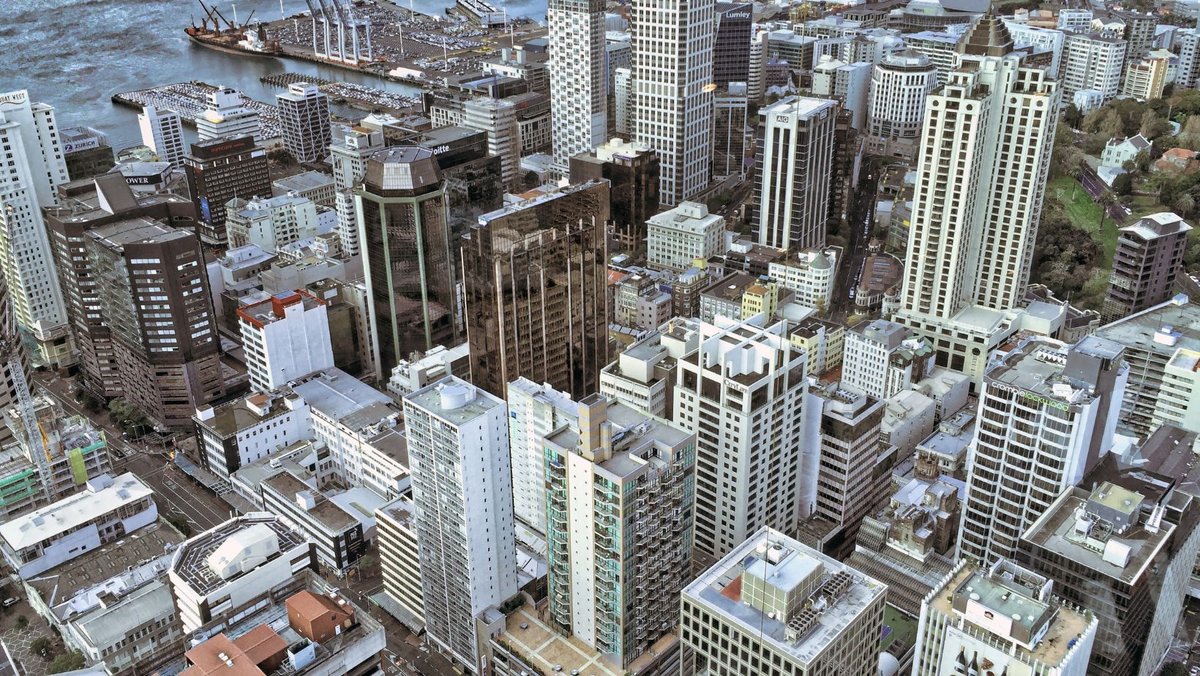Understanding Commercial and Industrial Painters: A Deep Dive into Their Differences
The nuances between commercial and industrial spaces might seem minute. However, these two areas of expertise have distinct differences that are essential to understand, especially if you’re based in the bustling city of Auckland. Let’s shed light on the distinguishing factors between commercial and industrial painters, ensuring you make the right choice for your project.
Quick Answer – Main differences between commercial painting and industrial painting:
Commercial and industrial painters cater to different types of spaces, with the former focusing on aesthetics for public-facing businesses and the latter emphasizing durability for functional sites like factories.
Their choice of materials, project management approaches, and safety preparations vary based on these needs.
1. Purpose and Scope of the Project
Commercial Painting:
Commercial painters often cater to businesses that interact directly with the public. This includes offices, retail stores, restaurants, and other public-facing establishments. The primary focus is on aesthetics and creating a welcoming environment for customers and employees.
Industrial Painting:
Industrial painters, on the other hand, deal with sites that are more functional and less consumer-oriented, such as factories, warehouses, and production facilities. Here, the emphasis is on durability and protecting structures from harsh conditions.
2. Materials and Techniques Used
Commercial Painting:
These professionals typically use paints and finishes that are visually appealing. They often have a vast palette of colors and finishes to match the branding and interior design of the business. The techniques used prioritize a smooth, even finish that’s aesthetically pleasing.
Industrial Painting:
For industrial spaces, the paint should withstand extreme conditions, resist chemicals, and prevent corrosion. Therefore, industrial painters might use specialty coatings, epoxy paints, or other durable materials. The application techniques also ensure the painted surfaces can handle the industrial environment’s rigours.
3. Project Duration and Flexibility
Commercial Painting:
Given that commercial establishments need to maintain their operations, commercial painters often have flexible schedules. They might work during off-hours or weekends to minimize disruptions to the business.
Industrial Painting:
Industrial painting projects can be extensive and may require shutdowns or specific safety measures. As a result, these projects may have longer durations and might necessitate more in-depth planning.
Both industries will also need to work with other trades and contractors such as arranging scaffolding companies, or dealing with electricians, builders, and plasterers depending on the job.
4. Safety and Preparations
Commercial Painting:
Safety is essential in all painting projects. However, commercial painters usually deal with environments that have fewer hazards. Their preparation might involve moving furniture, covering fixtures, and ensuring proper ventilation.
Industrial Painting:
Industrial painters often encounter spaces with heavy machinery, harmful chemicals, or other potential hazards. They undergo specialized training and might use protective gear, sandblasting, or other preparatory techniques to ensure the safety of the space and the longevity of their work.
Conclusion: Making the Right Choice in Auckland
If you’re seeking painting services in Auckland, understanding the difference between commercial and industrial painters is crucial. By identifying your specific needs, you can partner with the right professionals, ensuring a successful project outcome. Remember, whether it’s for a chic new cafe or a robust factory, Auckland has skilled painters ready to assist!


0 Comments